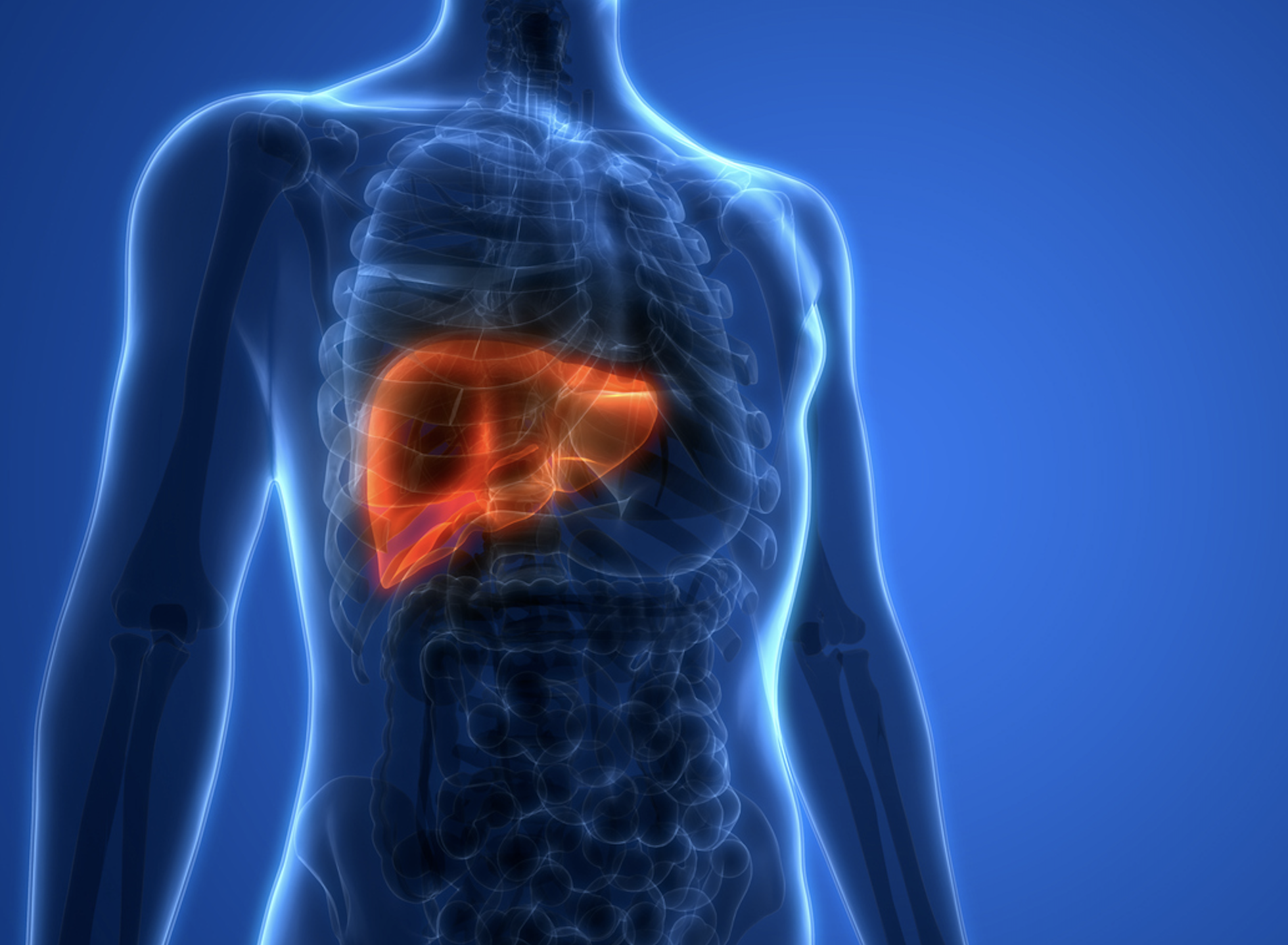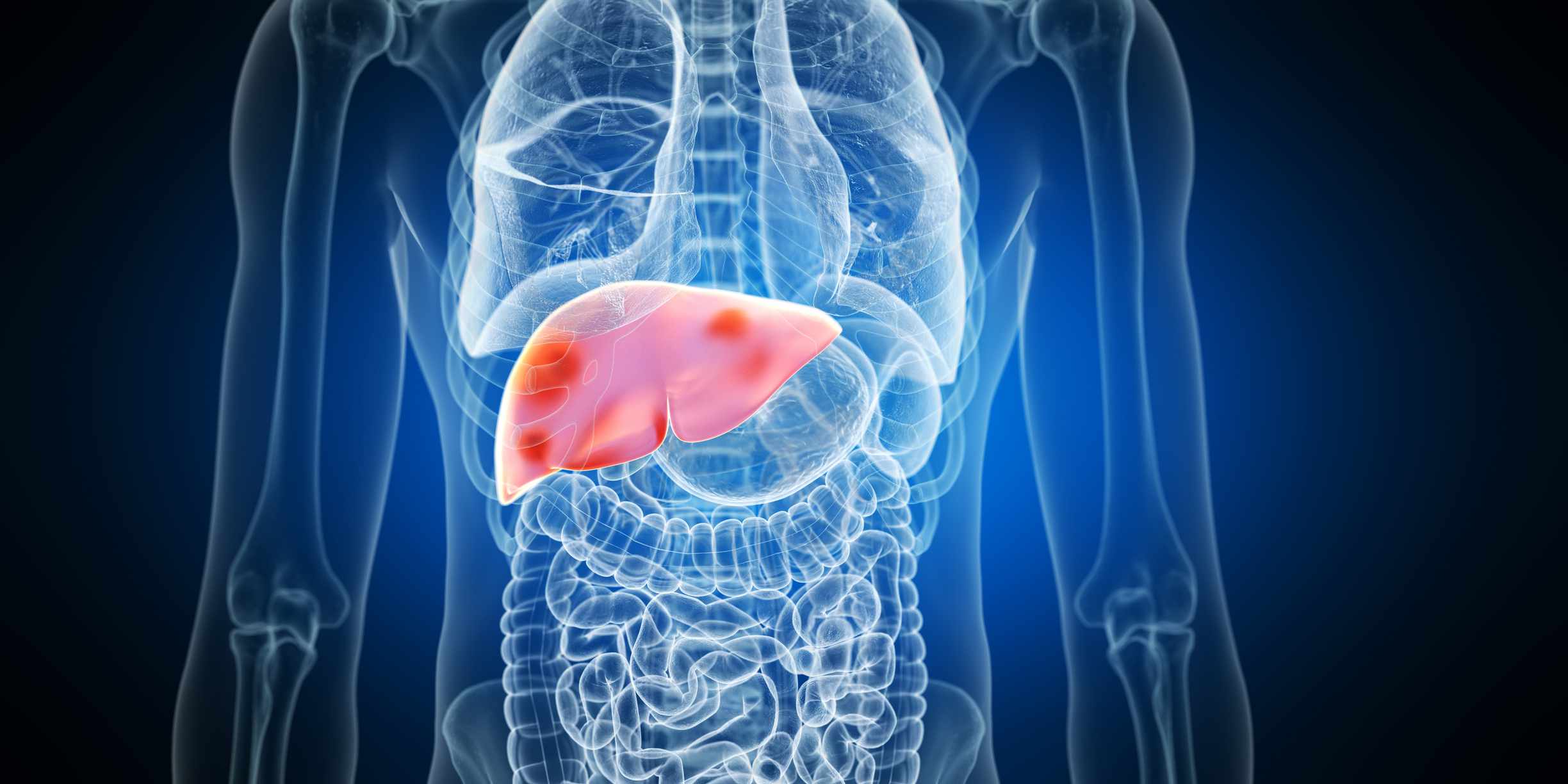CONDITIONS
Fatty liver treatment in Dubai

Fatty liver disease is a common liver condition caused by an excess of fat within cells of the liver. Although most cases are not serious, over time fat may damage the liver and could cause inflammation, scarring, and even liver cirrhosis. Fatty liver disease is increasingly common around the world, especially in Western nations and GCC countries. In the US it is estimated that 25-40% of adults have some form of fatty liver disease.

What causes fatty liver disease?
Although regular excess alcohol consumption can cause an excess of fat in the liver when we talk about fatty liver disease we are usually talking about fat build-up from other causes. For this reason, fatty liver disease is commonly called “non-alcoholic fatty liver disease” or NAFLD. Fatty liver disease is usually found in people with one or more features of the “metabolic syndrome”. The metabolic syndrome is a cluster of conditions that typically occur together including high blood pressure (hypertension), high blood sugar (insulin resistance and type 2 diabetes), obesity and excess body fat around the waist, and elevated cholesterol or triglyceride levels. People with the metabolic syndrome have an increased risk of heart disease and stroke.
Is fatty liver disease serious?
Most cases of fatty liver disease and NAFLD are not serious and cause no long-term liver problems. However, the presence of NAFLD should alert your doctor to look for and treat other features of the metabolic syndrome. Some individuals with NAFLD can develop a more aggressive form of fatty liver disease called nonalcoholic steatohepatitis (NASH). NASH is marked by liver inflammation and may progress to liver scarring, cirrhosis, liver failure, and liver cancer.
What are the symptoms of fatty liver disease?
Most people with fatty liver disease will have no symptoms, although occasionally it may cause mild fatigue or mild discomfort in the upper right abdomen. In advanced liver disease due to NASH people may notice increasing fatigue and lethargy, jaundice (yellowing of the eyes and skin), and abdominal swelling.
How is fatty liver disease diagnosed?
Because fatty liver usually causes no symptoms, it frequently comes to medical attention when tests done for other reasons point to a liver problem. It is often found as a chance finding on an ultrasound scan of the abdomen or if you have abnormal liver function tests. A special type of ultrasound called liver elastography or “Fibroscan” can be ordered to measure the degree of liver fat and to look for liver scarring. If there is doubt about the diagnosis or if tests suggest liver scarring or cirrhosis a liver biopsy may be necessary.
How is fatty liver treated?
The best treatment for a fatty liver is usually weight loss through a combination of a healthy diet and regular exercise. This will also improve the other conditions of the metabolic syndrome and reduce your future risk of heart disease and stroke. Ideally, a loss of 10% of body weight is desirable, but improvement in risk factors can become apparent if you lose even 3% to 5% of your starting weight. Weight-loss medications or weight-loss surgery are options for those who need to lose a great deal of weight. At present, there are no drug treatments for fatty liver but several drugs are currently being studied in clinical trials and are showing promising results. If you have fatty liver disease you should have periodic checks with your doctor to monitor liver inflammation and to look for the development of liver scarring.

Do you have fatty liver disease or abnormal liver function tests? Do you have other features of the metabolic syndrome such as high blood pressure, high cholesterol, high blood sugar, or elevated weight and want to check your liver for fatty liver disease? Dr Neil has extensive experience in investigating and treating liver problems and would be happy to arrange any tests and monitoring that might be necessary.
